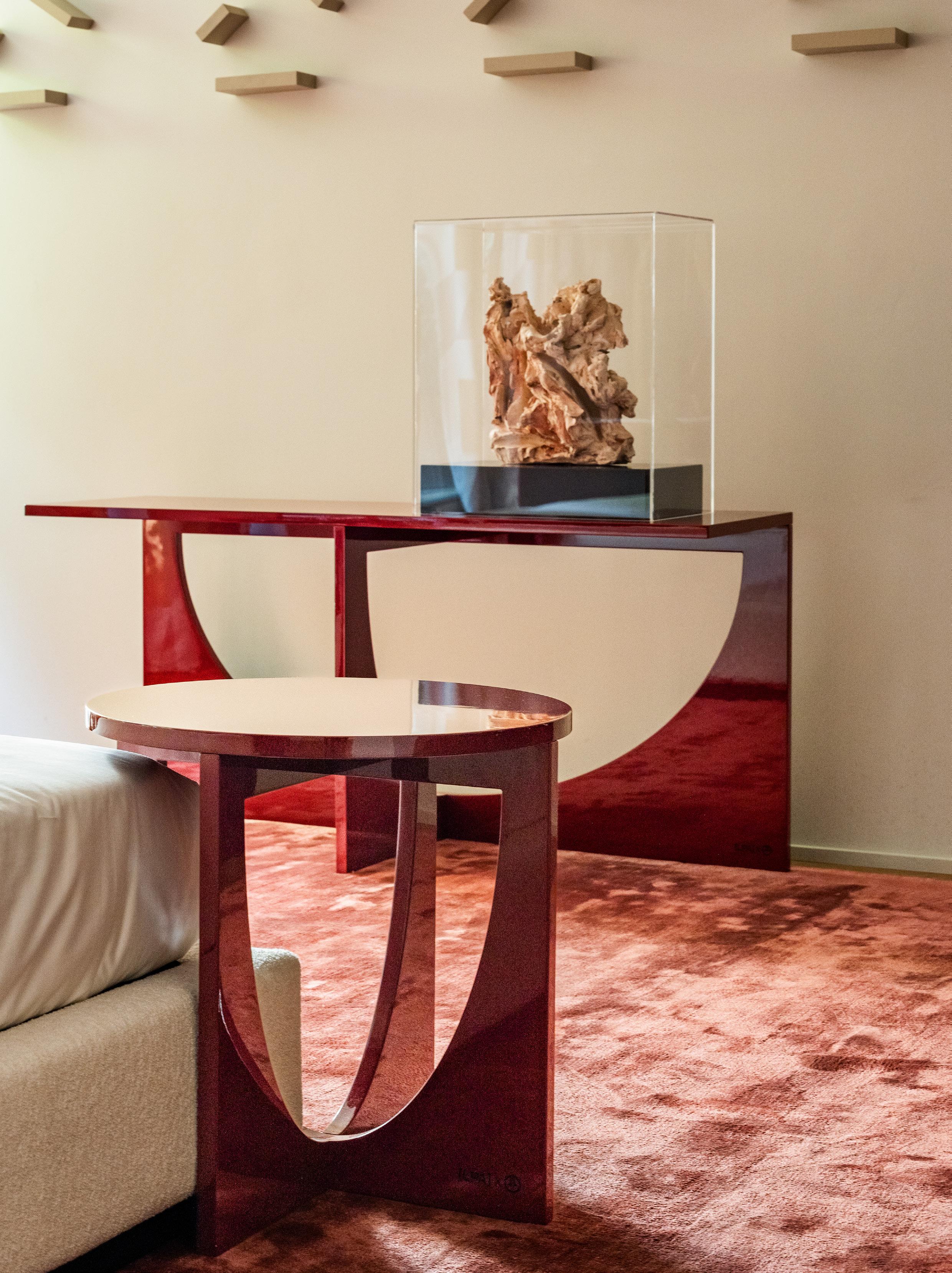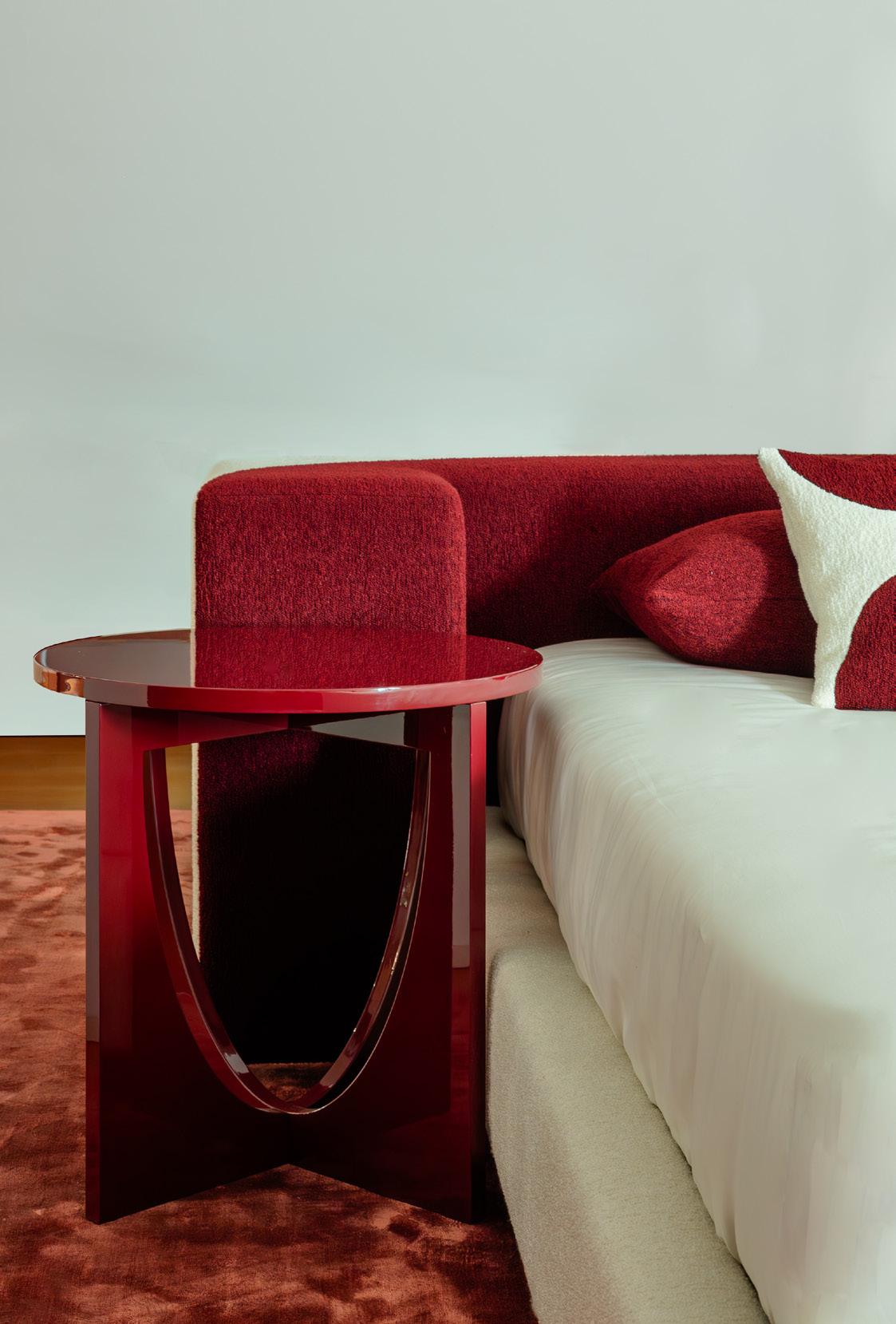
8 minute read
10 Years of Lazzarini Pickering Architetti in Milan
INTERVIEW Karen McMartney
Rome-based architecture studio Lazzarini Pickering Architetti (LPA), founded by Claudio Lazzarini and Carl Pickering, has long designed furniture and lighting for their projects. A decade ago, they collaborated with the Milanese atelier Marta Sala Éditions.
To mark the 10th anniversary, an exhibition curated by Federica Sala and designed by LPA was held in the historic Arms Gallery and Grand Salon of the Bagatti Valsecchi Museum. During Fuorisalone, they also launched a new collection in collaboration with Luxence, part of the Luxury Living Group, which explores modular design and contemporary living. In conversation with Karen McCartney and Marta Sala, the Australian-Italian duo explains their philosophy and why they adopt the term ‘omnivorous minimalist’ to describe their style.
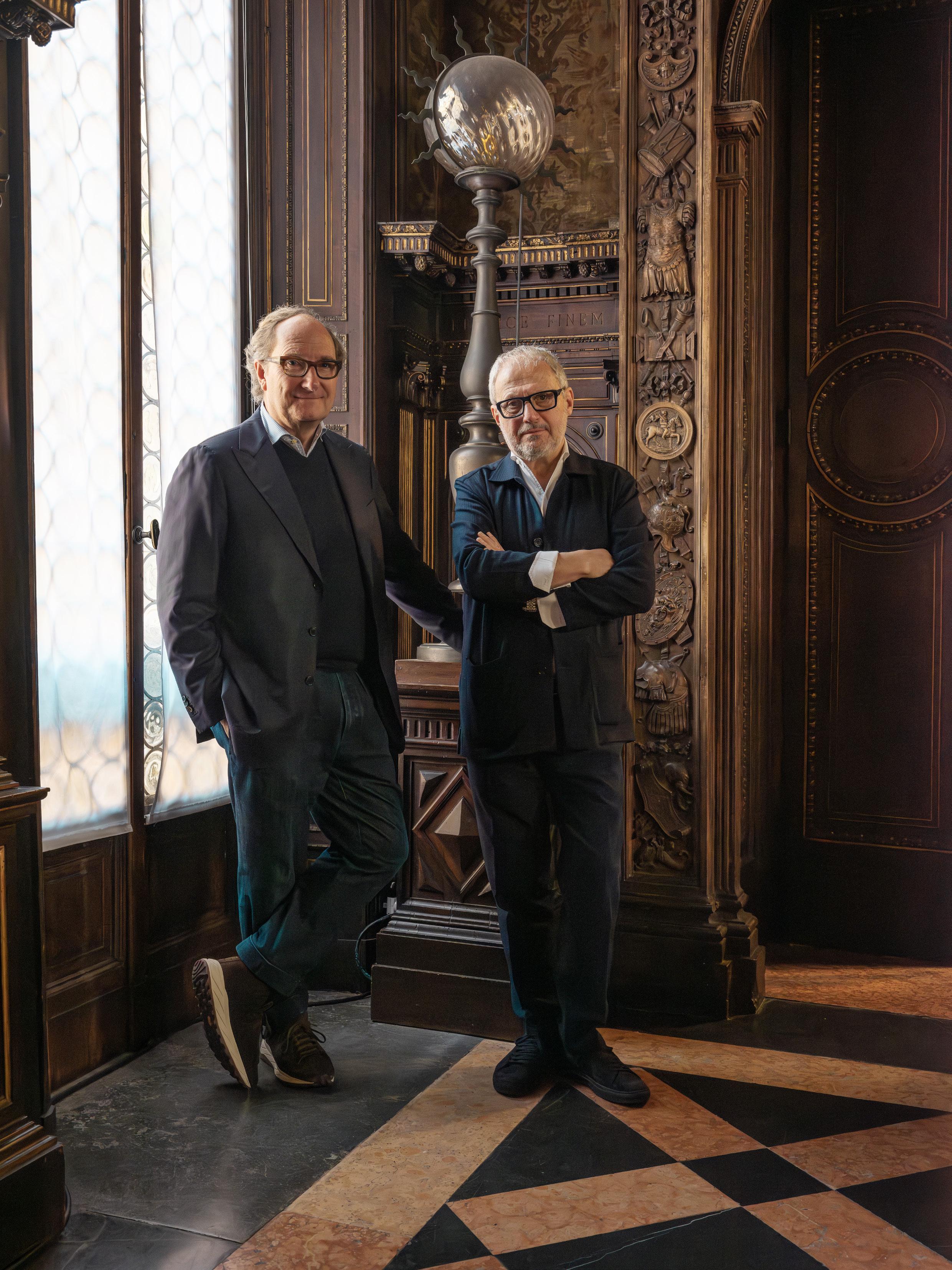
For us, architecture and furniture are inseparable... it’s always a hybrid process; design lives within architecture, not apart from it.
– Claudio Lazzarini
The exhibition, The Secret Soul of Useful Things, echoes the title of your first show with Carl and Claudio. Why does it still feel relevant?
Marta Sala: It speaks to the brand’s consistency but also has a poetic quality—an intimacy between objects and those who live with them. The pieces speak two languages: cultivated and distinctly Italian, yet timeless and international.
What led you to start Marta Sala Éditions in 2015?
Marta Sala: After years at Azucena, a brand co-founded by my uncle, renowned architect Luigi Caccia Dominioni, I felt a strong urge to embrace the contemporary and follow my intuition.

How did your collaboration begin?
Carl Pickering: Marta performed a miracle. We handed over our archive—furniture designed for private commissions—and in the first year, she launched 16 pieces.
Can you give an example of how a design originates?
Claudio Lazzarini: Take the Elizabeth sofa—born from a client’s request for varying seat depths to accommodate everyone from herself (relatively short) to her tall guests. That inspired a modular approach and introduced the ottoman as a key design element.
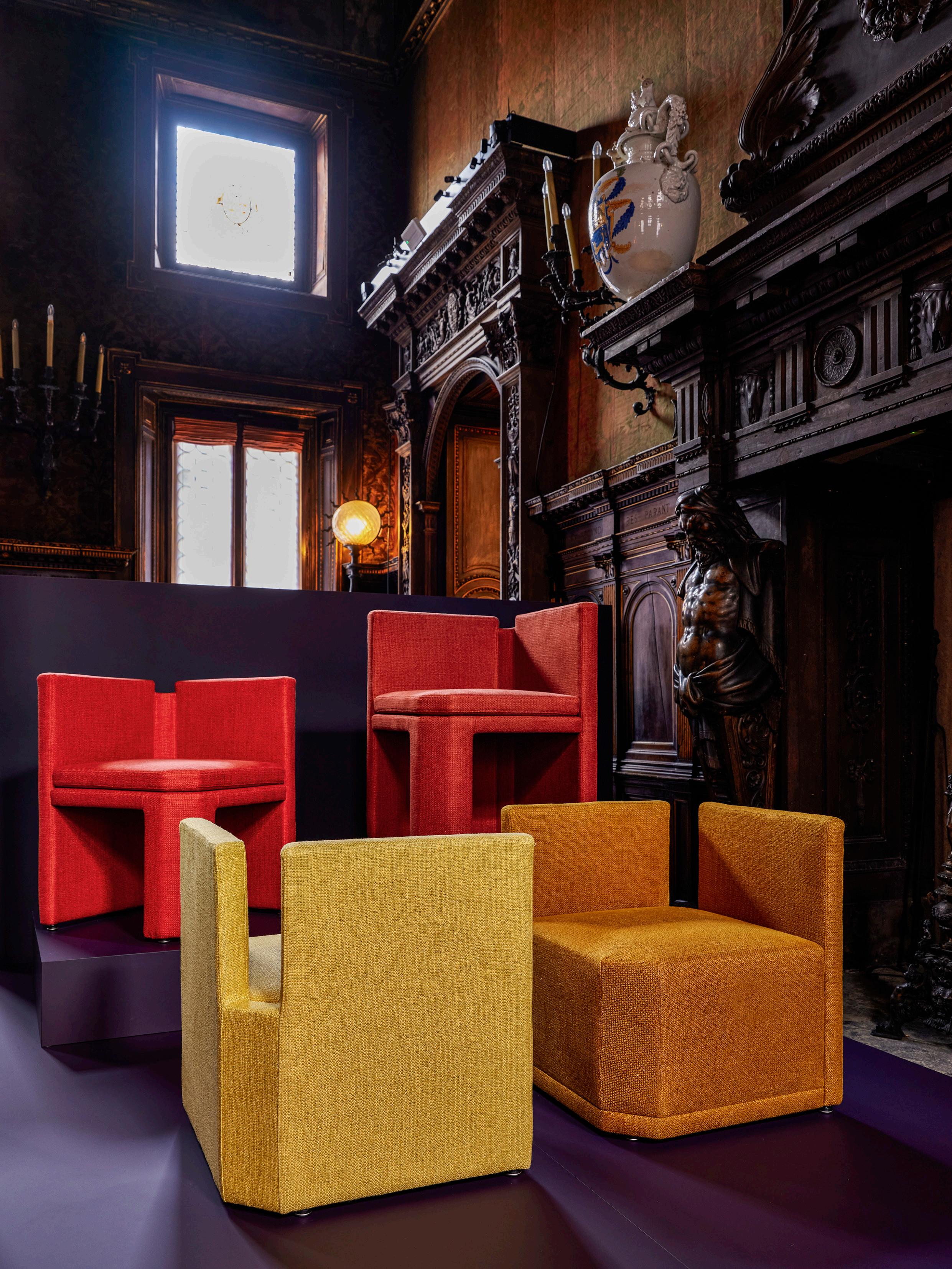
The craftsmanship is evident in every piece. How do you maintain such high standards?
Marta Sala: When I saw Carl and Claudio’s pieces, the only people I showed them to were my craftspeople because they are so knowledgeable. The strength of the brand stems from the dialogue between me, the architects, and the artisans— each offering a distinct knowledge base and perspective.
Marta Sala Éditions now includes around 80 of your pieces. Are most designed to meet specific needs?
Claudio Lazzarini: Absolutely. We design 'real furniture for real people in real homes.' Many clients present unique challenges, which inspire inventive and purposeful design solutions.
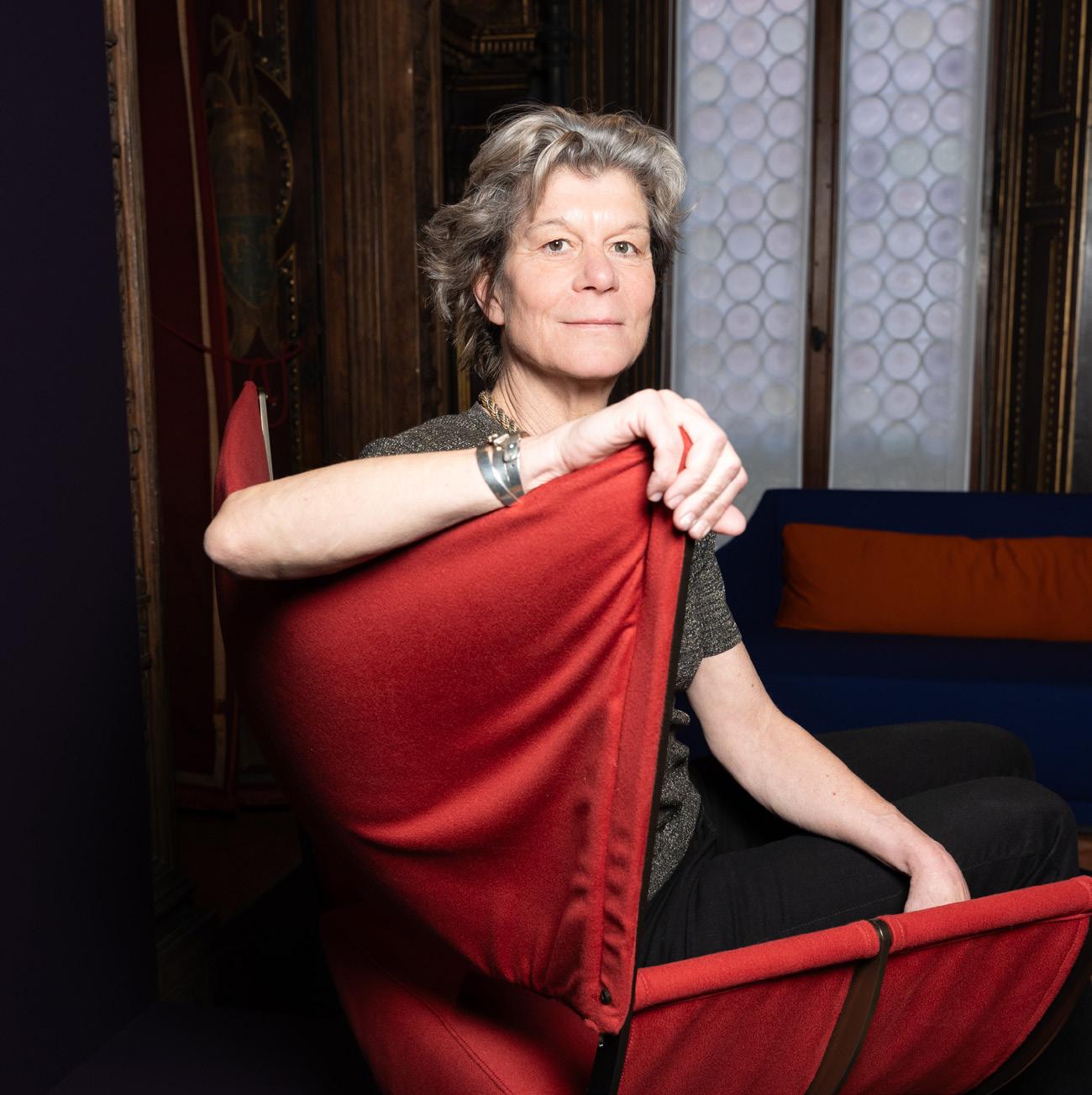
With so many strong designs, how did you narrow the selection for this exhibition?
Carl Pickering: It was incredibly hard—we love them all! Curator Frederica Sala’s themes of modularity, open-ended configurations, and the different families created with the same elements guided the selection, reflecting a new domestic landscape.
Marta Sala: Each piece has its own personality, and together they create a dialogue. The show highlights the design continuity from rugs to mirrors, from tables to lights.
As architects, do you approach furniture design differently?
Claudio Lazzarini: Definitely. Architecture instils a long-term view, not tied to trends. We follow the post-war Italian tradition, always returning to first principles instead of chasing fashion.
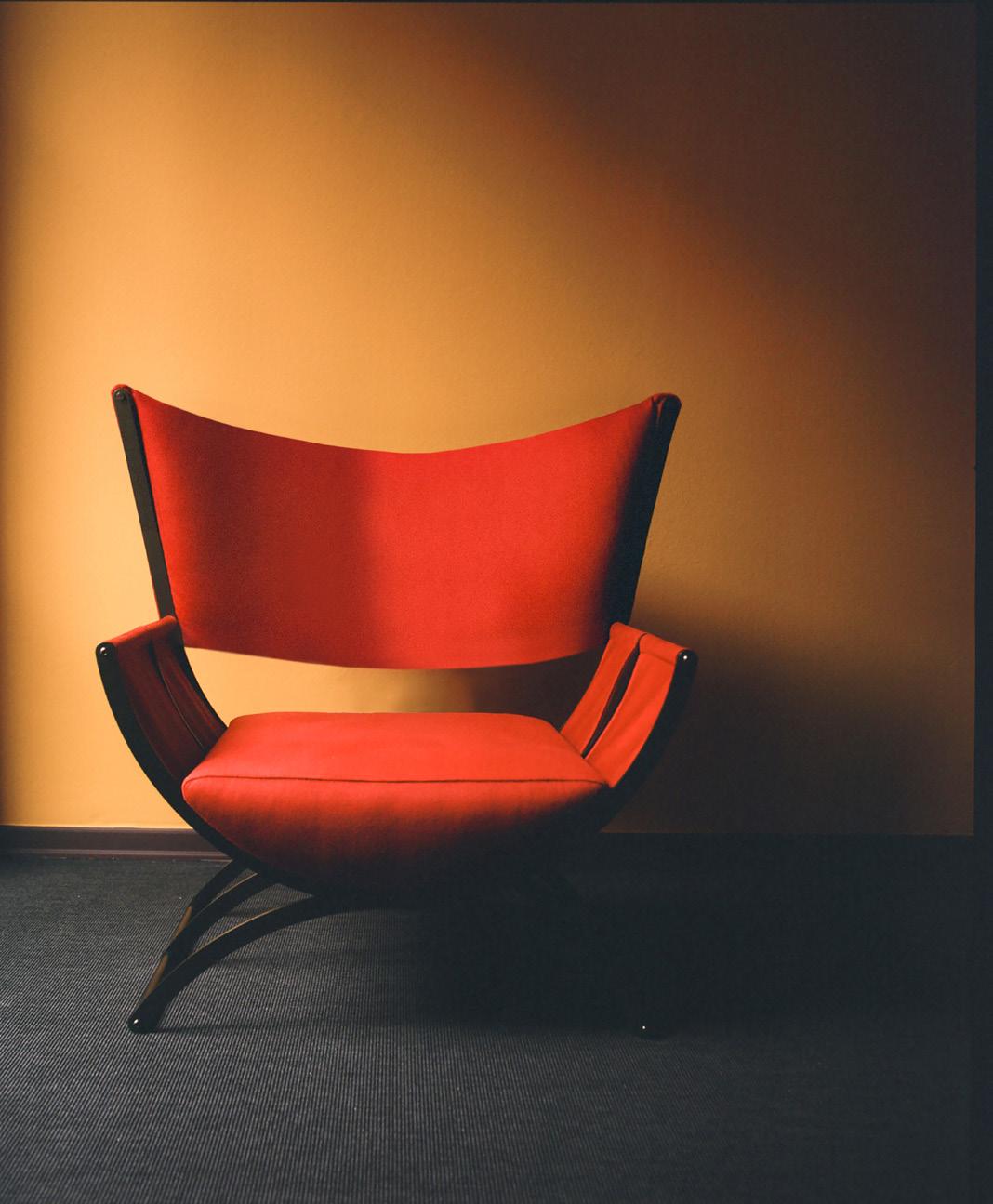
Your work embraces decorative layering. Where does that come from?
Carl Pickering: Many Italian post-war architects layered antiques and family heirlooms with contemporary pieces. That contrast adds softness and soul. We call it “omnivorous minimalism”—a rich, eclectic minimalism.
How does it feel to mark this milestone year, celebrating a decade together while embracing new projects with others and injecting fresh energy into your respective worlds?
Marta Sala: Very energising. I’m collaborating with Swiss architecture practice Herzog & de Meuron—a new perspective entirely—and working with wood, which is teaching me a great deal about material behaviour and craftsmanship. I am also delighted that Carl and Claudio have a new collaboration with Luxence because we all have more learnings to share.
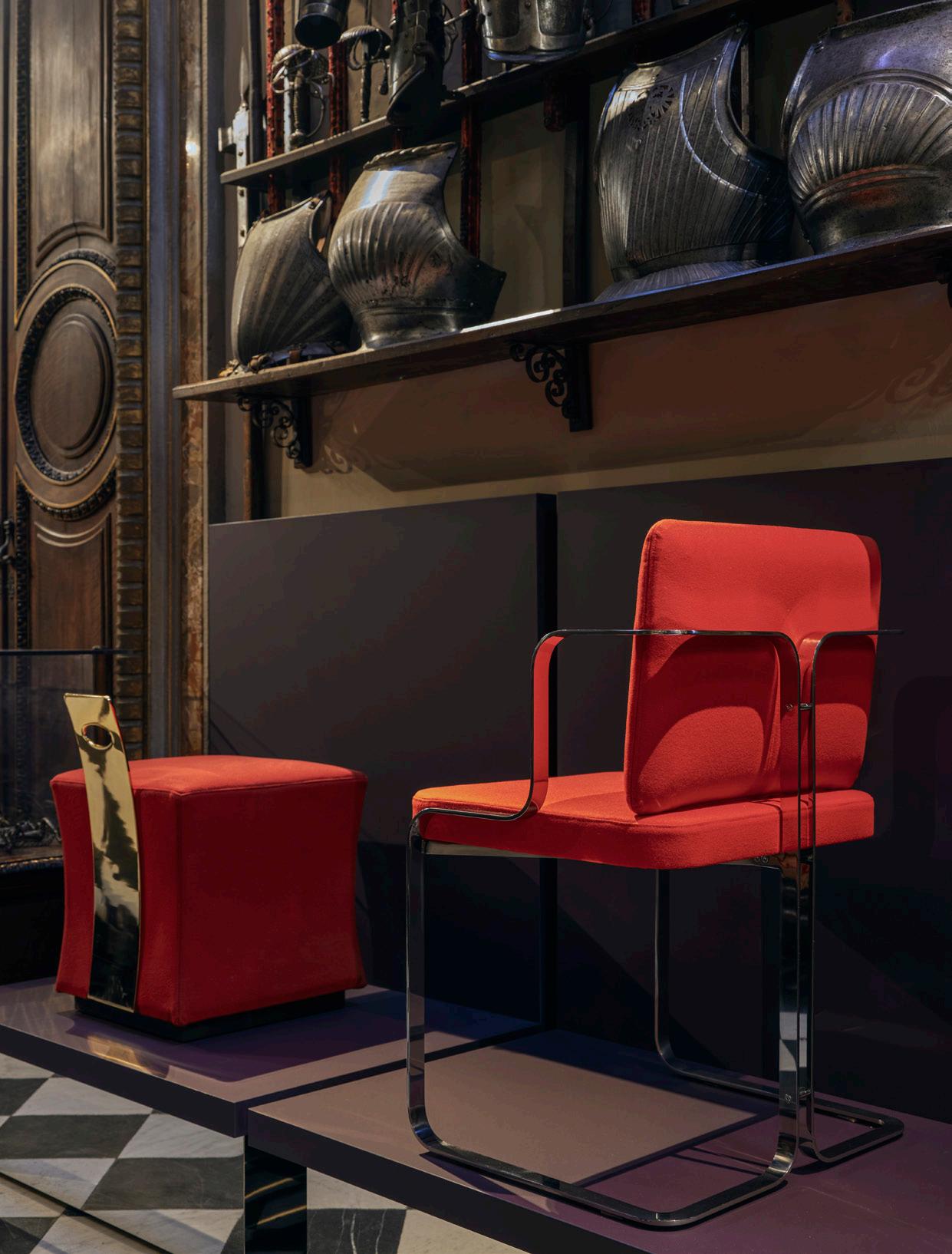
Each piece has its own personality, and together they create a dialogue. The show highlights the design continuity from rugs to mirrors, from tables to lights.
– Marta Sala
The Luxence Capsule collection, Otreblà, showcased at On House Milano, explores modularity. What inspired it?
Carl Pickering: We explored arches and vaults, and how spatial systems emerge from them. Simultaneously, clients wanted more flexible living arrangements: two smaller tables instead of one large one, for eating, working, and reading. So we created a system where consoles become part of a larger table, adaptable to different scenarios, both functional and emotionally resonant.
How did the naming of the collection come about?
Carl Pickering: The collection is a homage to Alberto Vignatelli, who started Luxury Living many years ago. We were responsible for Fendi’s international image, so Claudio worked on creating Fendi Casa—their first brand. ‘Alberto’ seemed a bit too obvious as a dedication, so we reversed it. What we love about it is that Otreblà is similar to Oltreblà, which could be translated as “beyond blurb” or “beyond blah”.
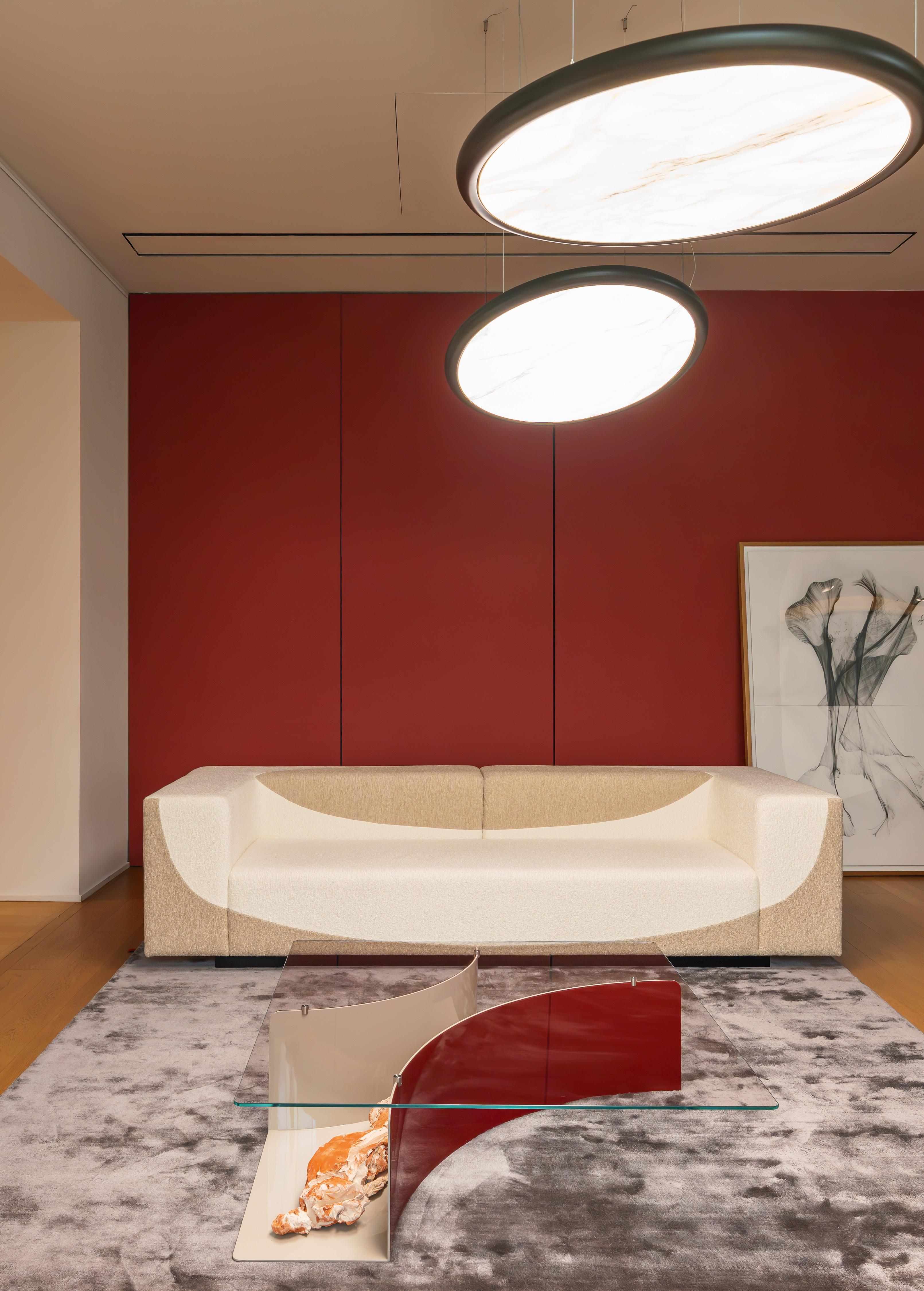
Do you have a strict palette for the collection?
Claudio Lazzarini: No, quite the opposite—there is a wide variety of colours to choose from, but for this exhibition we selected the ones we love. This particular red is Caccia Rosso—an homage to architect Caccia Dominioni. This was originally the Azucena storeroom and workshop where we spent a lot of time in the 1990s, so the colour connects us to that heritage.
The pieces have sculptural qualities through shape and shadow. How do you see them being used in the home?
Carl Pickering: We’ve always investigated typology and the melding of form and function. Furniture can become a room divider, a bookshelf, a sofa can incorporate a perch, or a coffee table can house a sculpture, and a dining table can expand for a Christmas dinner. These are dynamic objects, responsive to how people live.
Tell us about the collaboration with artist Emanuele Becheri:
Carl Pickering: We’re long-time collectors of his work, and placing his sculpture on a coffee table sparked something. Now, buyers can choose a version with a unique artwork made to complement it. It’s no longer just furniture and a homage to the long, fertile collaboration between Lucio Fontana and Osvaldo Borsani.

You've described this collection as a ‘family’. How does that manifest in a space?
Carl Pickering: The pieces aren’t identical, but they speak the same language. There’s serenity in seeing them repeated throughout a house without it looking like a showroom; it’s cohesive but avoids the ‘matchy-matchy.’
How do the iterations of the sofa design, paired with the clever use of fabric, contribute to a sense of endless possibility and permutation?
Claudio Lazzarini: You see the work on the curves and how it shifts perception of the volumes. We enjoy working with super graphics, but equally, through different fabric choices, they can be serene. For example, you can flip a fabric, and suddenly it evokes a 19th-century French Empire boat bed. Same form, different reading. And over time, it will be fascinating to see how people use it—how fabrics, configurations, and colours change the tone and atmosphere of the pieces.
What about the sculptural room divider?
Carl Pickering: It’s a strong, elementary form that supports play. You can fill it or leave it minimal—it holds up visually either way. That’s the beauty of geometry: it’s consistent, yet open to endless interpretation.

There’s a sense of challenging convention—is that intentional?
Claudio Lazzarini: Very much. It’s about rethinking daily life in apartments and hotels. Furniture must accommodate eating, working, and relaxing fluidly. However, the spaces, such as our ‘love seat’ design, also work well in large, public areas— hotel lobbies and foyers. It is a range with infinite possibilities.
It sounds like production moved quickly?
Carl Pickering: We presented concepts in November, had a prototype by February, and the response was immediate. Luxence went straight into full production.
How does your architectural background shape your design process?
Claudio Lazzarini: For us, architecture and furniture are inseparable. We sketch both big and small figures interacting with buildings and objects. It’s always a hybrid process; design lives within architecture, not apart from it.
